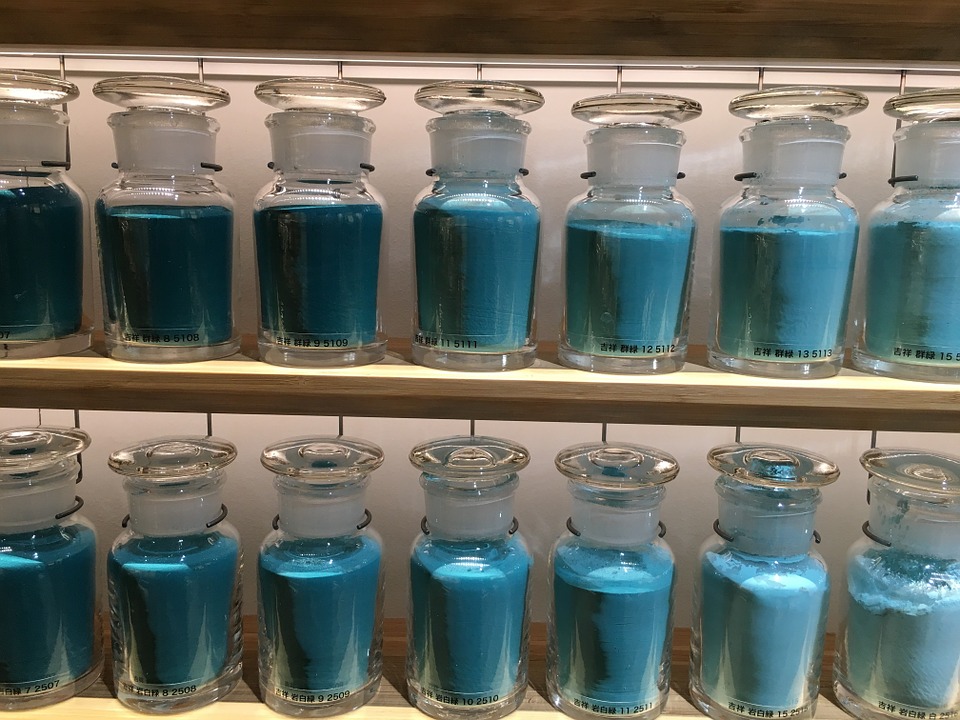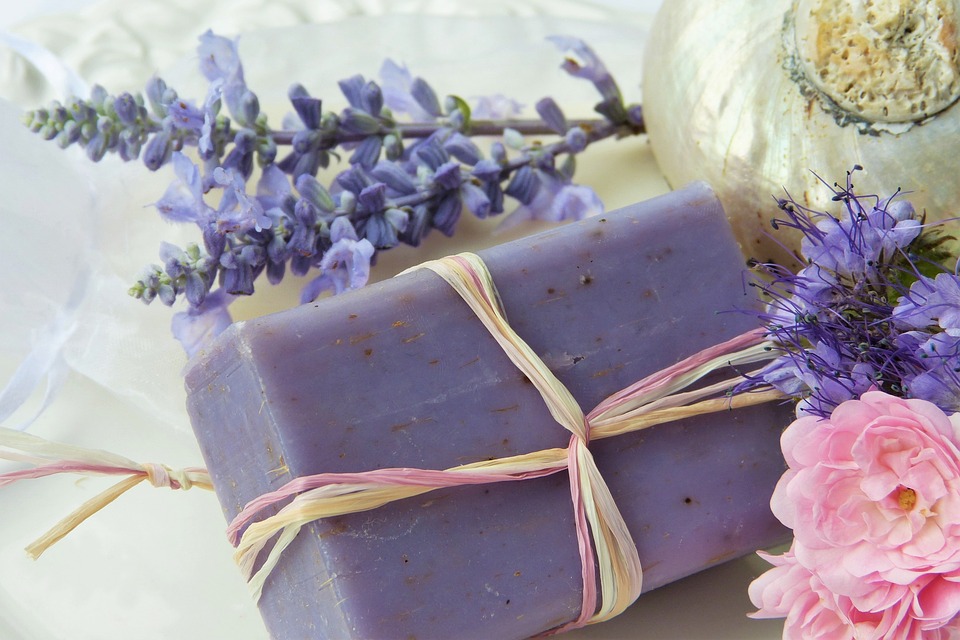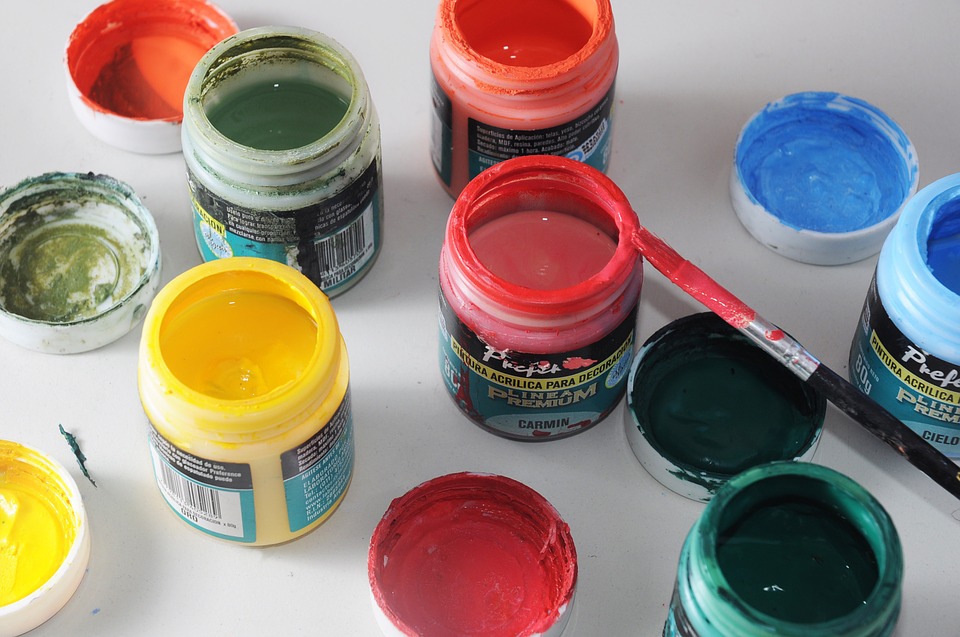We all get inspired by tantalizing TV commercials of beauty and hygienic soaps. Kids identify any particular soap more by its color, rather than a brand name when they go for grocery shopping or supermarkets with their families saying “Mom, I want that green one which I saw in television yesterday!”
Even, adults get attracted towards the soap of any brand for its delightful colors and fragrances. How amazing is that, any customer get easily influenced by the trick of art, and creativity of colors.
But, do you know the actual secret behind the curtain? It’s all a magic of pigments and their creative use of colors that make any soap attractive, and tempting. Are you aware of the art of using various pigments to add vibrant colors in soap?
The soap manufacturing companies today focus more on various shades of pigment to add a certain color in soap, or to add a variety of colors in their soaps. One of the most common types of organic color pigment is the pigment red 122 which is used in soaps to give an aromatic fragrance and rose color. This method of using pigments not only make any soap attractive but also add fragrance to it to make it appealing to consumers as well.
Let’s take a look at detailed used of pigments to add vibrant colors in a soap.
Best ways to Use Pigments to Get Vibrant Colors in Soap
The type of pigment/color you use while making soaps plays a significant role, as it tells how vibrant the soap will be. Prior selecting a pigment for the process, first, you need to ensure how does it actually performs.
Following are the few tricks, and color ideas you can consider to add vibrant colors to your soap;
Micas color – it gives a gorgeous vibrant color in the pour and melts soap, while some can alter or fade away in cold process soap.
Oxides & pigments – They both come in powdered form soap colorants which are often used in soap making process. Both of these pigments provide a very strong color such as pigment yellow 191, and they can also be used in a minimum amount to provide pastel tones.
Both oxides and pigments are made in the lab these days to prevent any chance of bacteria or other compounds from infecting the mixture. Regardless of being synthetic, both pigments are also made with natural ingredients to imitate things from nature.
The best way to mix these pigments with powdered colorants is liquid vegetable glycerin. It will hold up after some time, so you can blend a ton and utilize it over half a month. The powder scatters pleasantly and you can blend it into any shower and body-mind item.
Lab Colors – Lab Color is another most recommended option when it comes to adding vibrant colors in soaps. They are diluted first before use. The lab colors are highly concentrated, they work for cold process, make the soup melt and poured. The high pH Lab Colors such as pigment yellow 138 is utilized for cool process cleanser.
Natural Colorants – The natural colorants are often restrained than other colorant options, but you can make them prominent, and active by mixing them with other shades to add bright colors to your soap. For example, you can add the natural indigo powder to your lye water to make it a darker blue.
The natural colorants including herbs and clay create dazzling colors in melt and pour and cold process soap. It can be combined with another colorant to create a more vibrant shade.




